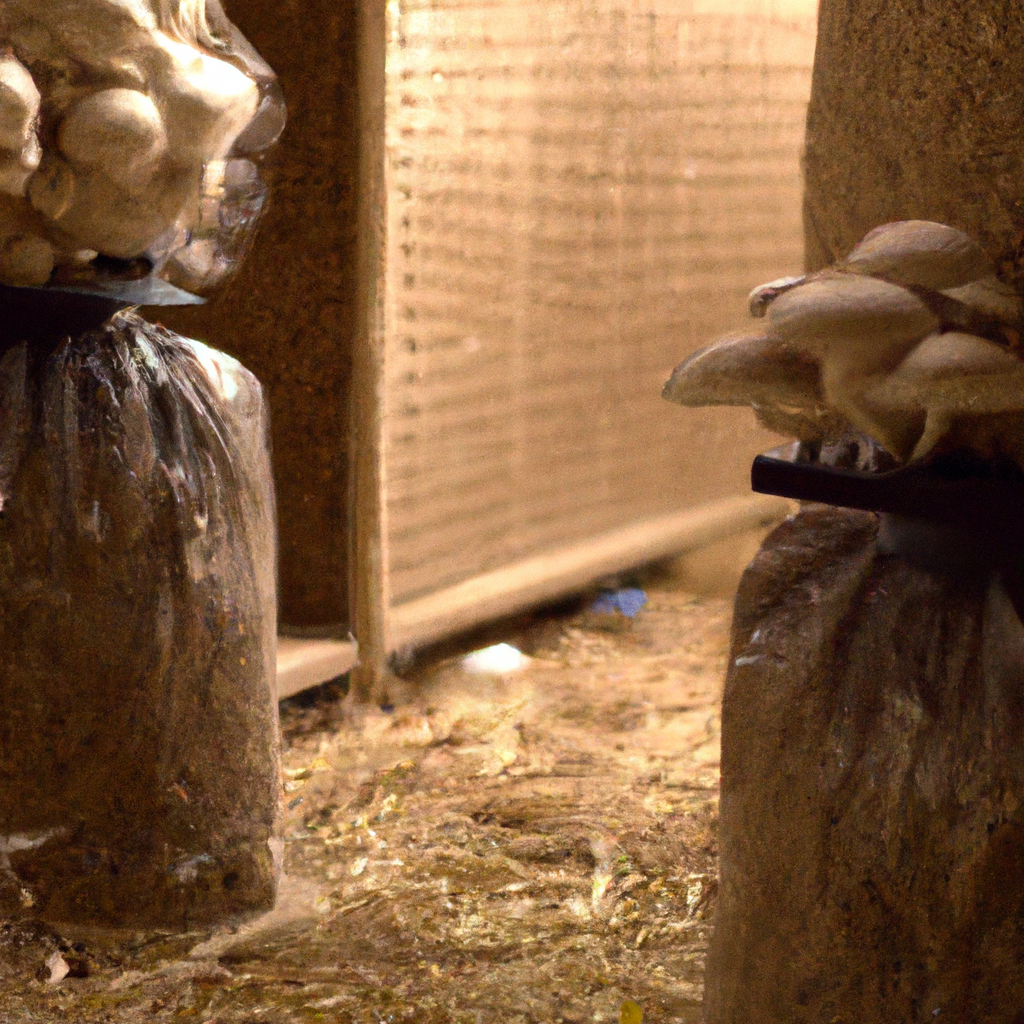Cultivating mushrooms at home is a great way to enjoy the delicious and nutritious benefits of these fungi all year round. With a little bit of knowledge and the right supplies, anyone can grow mushrooms in their own home. In this article, we will explore the steps you can take to start your own indoor mushroom cultivation and provide tips and tricks to ensure a successful harvest.
Mushroom Cultivation Basics
Before you begin growing your own mushrooms, it’s essential to understand some basics about mushroom cultivation. Mushrooms grow from spores, which are tiny reproductive cells that are released into the air. The spores must land on a suitable substrate, which is a material that the mushroom can use as food. Common substrates include sawdust, straw, and compost.
The ideal growing conditions for mushrooms include a temperature range between 55-75°F, humidity of 80-90%, and indirect light. It’s important to maintain a sterile environment to prevent contamination and ensure successful growth.
Mushroom Cultivation Supplies
To grow mushrooms at home, you will need some essential supplies. These include:
1. Mushroom Spawn – This is the mycelium, or vegetative growth, of the mushroom that is used to start the cultivation process.
2. Substrate – Depending on the type of mushroom you want to grow, you will need a suitable substrate. Common substrates include straw, sawdust, and compost.
3. Containers – You will need containers to hold the substrate and spawn. Common containers include plastic bags, jars, and trays.
4. Sterilization Equipment – To ensure a sterile environment, you will need some equipment to sterilize your containers and substrate. This includes a pressure cooker or autoclave.
5. Growing Environment – You will need a suitable growing environment that meets the temperature and humidity requirements for your chosen mushroom. This can include a grow tent, greenhouse, or other suitable space.
Mushroom Cultivation Techniques
There are several techniques for growing mushrooms at home, including the following:
1. Spawn Run – This is the initial stage of mushroom cultivation, where the spawn is introduced to the substrate. The spawn will grow and colonize the substrate, preparing it for fruiting.
2. Fruiting – Once the substrate is colonized, the mushrooms will begin to grow. This stage requires the right temperature, humidity, and lighting conditions for the mushrooms to develop.
3. Harvesting – When the mushrooms have reached maturity, they can be harvested by gently twisting and pulling them from the substrate. Be sure to harvest them before the caps open fully.
Mushroom Cultivation Tips
To ensure a successful harvest, follow these tips:
1. Start with a simple mushroom variety – If you’re new to mushroom cultivation, start with a simple variety like oyster mushrooms. They are easy to grow and require minimal equipment.
2. Maintain a sterile environment – Contamination can ruin your entire crop, so it’s important to maintain a sterile environment throughout the growing process.
3. Monitor temperature and humidity – Mushrooms require specific temperature and humidity levels to grow, so it’s important to monitor these conditions closely.
4. Don’t overwater – While mushrooms require a humid environment, be careful not to overwater them. Too much moisture can lead to mold and other issues.
5. Be patient – Growing mushrooms takes time, so be patient and don’t rush the process.
Conclusion
Growing mushrooms at home can be a rewarding and satisfying experience. With the right supplies, techniques, and tips, anyone can cultivate their own mushrooms and enjoy the delicious and nutritious benefits of these fungi. Whether you’re a beginner or an experienced grower, there’s always something new to learn about mushroom cultivation.







